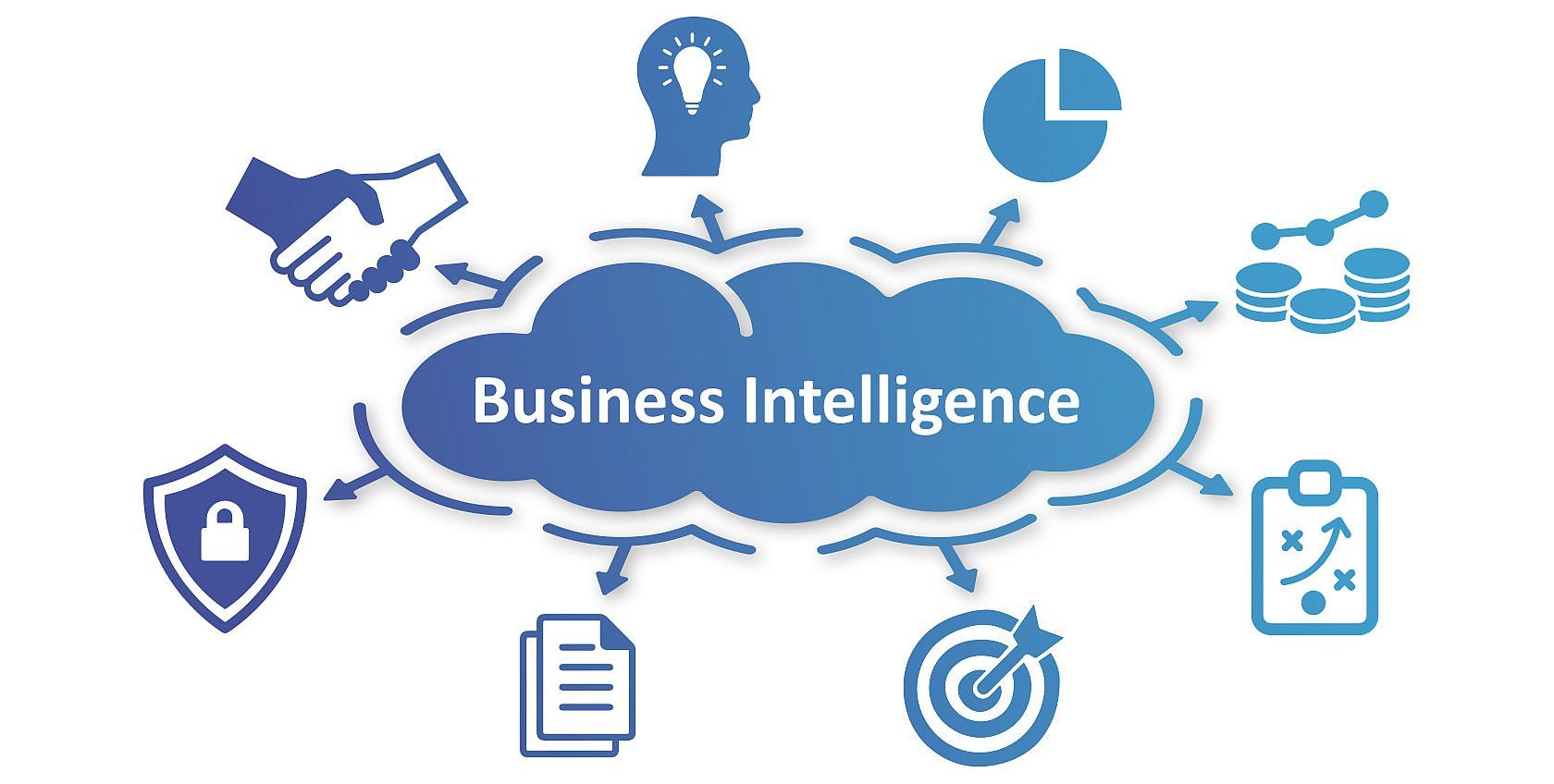In the modern business landscape the importance of data is an asset that can either make or break an enterprise. To harness the true potential of data, companies use powerful tools such as Power BI and Microsoft Fabric. These platforms are the foundation of business intelligence and when combined with Azure Data Factory, they are a powerful force for data analysis and decision-making.
Power BI: Your Business Intelligence Companion
Power BI by Microsoft is a powerful business intelligence tool that allows organizations to visualize and share their data. Users can build interactive reports and dashboards, transforming information from raw data into meaningful information.

No matter if you’re a tiny startup or a huge enterprise, Power BI adapts to your requirements. Power BI seamlessly integrates multiple data sources and makes it easy to consolidate information from various platforms and databases. Its intuitive drag-and drop interface even non-technical users can quickly create insightful reports and analyzes.
Power BI supports real-time processing of data, ensuring that you have up-to-date data. It offers a wide array of graphs and visualizations that allow the data to be presented in a digestible and appealing manner. The possibility of sharing and collaboration reports with colleagues improves decision-making and helps to create a data-driven environment within your business.
Microsoft Fabric The weaving Together of Data Innovation
Microsoft Fabric is the core system that connects and orchestrates data across different Microsoft services. Fabric is the layer that turns your data into an easily accessible and usable entity. This lets businesses gain insight fast.
Microsoft Fabric is the foundation of consistency and data integrity in a world where businesses are faced with ever-growing volumes of data. It integrates with a range of services, ranging from Azure Data Lake Storage and Azure SQL Data Warehouse, to Power BI and more. The interconnectedness of the services ensures that data flows smoothly and that insights are derived from many sources.
Microsoft Fabric excels in data transformation. You can utilize it to organize data, cleanse and make it ready for analysis and ensure that it complies with the data governance guidelines of your company. Microsoft Fabric is an infrastructure that will ensure your data is accurate and reliable for analysis.
Azure Data Factory: The Gateway to Data Transformation
Azure Data Factory is another essential component in the modern business intelligence landscape. It’s a cloud-based integration service that permits you to build, plan and manage data-driven workflows. Azure Data Factory provides meaningful insights by orchestrating the movement of data and its transformation.
Azure Data Factory offers several strengths, including the capability to connect to many data sources. Your data is able to be integrated effortlessly, whether on-premises, cloud-based or both. This gives you complete visibility of your entire data environment regardless of where the data is located. It supports batch processing, data streams in real time, and big analysis of data, making it ideal for many use scenarios.
Azure Data Factory has a visual user interface that makes it easier for the process of creating data pipelines. It’s simple to design, schedule, and monitor data workflows even if you’re not a coder. This allows business users to make decisions about their data integration process and can open the way to self-service data preparation.
The Power Trio: Power BI, Microsoft Fabric, and Azure Data Factory
When Power BI and Azure Data Factory are paired, they can create a formidable trio that will transform your data analysis processes. This is what they do:
1. Data Integration: Azure Data Factory connects to an array of data sources, making sure that all your data is accessible. The ability to integrate data feeds into Microsoft Fabric, which orchestrates data across different services. This makes sure that your data is well-structured cleaned and arranged for analysis using Power BI.
2. Data Transformation: Microsoft Fabric is a key component of data transformation. It allows you to modify your data according to your needs. The fabric is a powerful instrument to transform data as well as data cleansing and wrangling.
3. Power BI will take over once your data has been refined and is ready to be used. It enables you to create visually appealing dashboards and reports and makes complex data simple to comprehend. These insights are shared with the team to enable data-driven decision-making.
4. Scalability: Azure Data Factory can scale to accommodate growing volume of data. Combining Power BI with Microsoft Fabric will ensure that your data remains stable and reliable even when your business expands.
5. Real-time Data Insights: With live data processing capabilities, Power BI and Azure Data Factory provide real-time information that can be critical for agile decision-making.
Also, you can read our conclusion.
To be competitive in the world of business intelligence companies need to be able leverage data efficiently. Power BI combined with Microsoft Fabric and Azure Data Factory can take your business analytics to a new level. This trio can help you create stunning visuals as well as improve consistency of data and speed up workflows. Unlock the potential of data using business intelligence.